Biodiversity pressures strain idyllic Alp
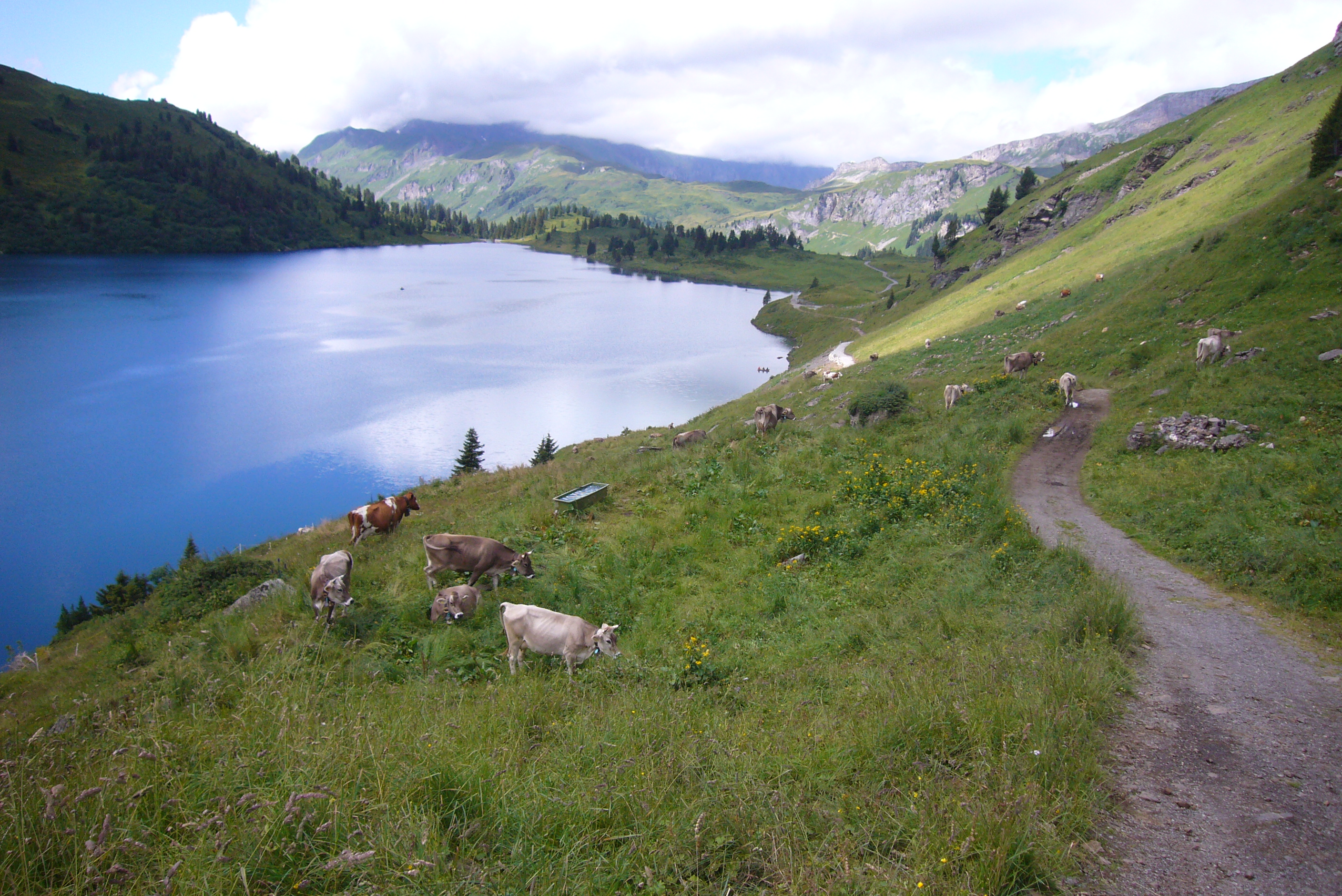
A remote and unspoiled area of the Alps is struggling to strike a balance between its livestock and native flora and fauna, as too much of one or the other can throw the ecosystem off kilter.
Located at the edge of the Bernese Oberland, about 1,800 metres above sea level, the Engstlenalp is famous for its challenging hiking and spectacular views.
Herds of cows, goats, and sheep have been kept here by Alpine farmers since time immemorial, and without them the flower-filled meadows would disappear.
But when herds become too large – as now may be the case – they damage biodiversity by overgrazing and producing too much dung.
A delicate balance
At daybreak the fog clears and the views of the snow-clad summit at the Engstlenalp, its mountain lakes and cow pastures are unimpeded. A feeling of peace, relaxation, and happiness takes hold among the passengers in the first Swiss post bus of the day.
Wilhelm von Vlastein, who is vacationing in the region with his wife and six children, is bowled over by the quiet spaciousness of the landscape.
“People are so small in relation to the powerful mountains. My wife has been incredibly impressed by the countless beautiful flowers. In Holland, this immense variety in nature does not exist,” he says.
A type of dairy farming that is particularly well suited to the surroundings has been practiced here at the back of the remote Gental valley for centuries, resulting in a landscape of striking beauty.
The inhabitants and their herds have maintained a balance that provides plenty of space in the pastures for countless animal and plant species. If the Alpine meadows at this altitude were simply left alone, they would soon be overrun by bushes and forest, and many species of plants, butterflies, and birds would disappear.
“The colourful types of flowers in the Alps are an example of the subtle interplay between nature and conscientious agriculture,” explained fellow bus passenger Hans Fritschi of Pro Natura, Switzerland’s largest conservation group.
The presence of an Alpine economy benefits not only agricultural interests but also Swiss tourism – the sheer variety of plant life is as fascinating for many guests as the snow-covered mountains. Further up there are still orchids, bellflowers, and alpine roses to admire.
Roger Wernli of Basel, who travelled from Melchsee-Frutt to the Engstlenalp, confirmed this. He heaped praise on the beauty of the landscape, “the mountain lake, the plants, the colours”.
Too much of a good thing?
Ten years ago, the Engstlenalp community replaced its old dairy which did not meet modern standards, with a SFr1.7 million ($1.83 million) cheese dairy.
“An oversize one,” said Fritschi. “In order to utilise the increased capacity, more milking cows were brought up to the Alp.”
But the cows now produce too much dung und liquid manure, which is disturbing the nutritional balance of the plants and could irreversibly damage biodiversity.
Low-nutrient meadows with their unique flora are in danger of vanishing. Plant varieties favoured by nutrition-rich soil are gaining the upper hand at the expense of more fragile plants, spurring an impoverishment of the vegetation.
“On the Engstlenalp everyone waits until the tourist season is over before spreading manure over the pastures. They also cover stones upon which valuable vegetation grows,” said Fritschi, adding that there has also been a documented case of water pollution.
“Even though a large part of the Alps is located in protected nature areas, transgressions still happen.”
“They eat too much”
Near the mountain lake, Ruth Schaub is playing with her grandchildren.
“We should have come earlier,” she said regretfully. “The cows were already everywhere in the pastures, there were hardly any more flowers.”
A group of teenagers is also making its way along the banks of the lake. The youngsters are visiting Monika, a friend who is helping out in the Gental for the summer. This is not the first time the young hikers have heard talk of the problems of overuse.
“Before there were also lots of animals on the Alps, but the cows today eat much more because they also give more milk. The Alps cannot provide the amount of feed that they require,” said Monika.
Bruno Kehrli, president of the local alp cooperative, told swissinfo.ch that the pastures are cultivated in the same way as in times of old.
“Ever since the new cheese dairy was built in 2002, there has been debate about the right number of cows. The negotiations are now in the final round. We are not taking a public position on this before a decision is made,” he said.
In the dairy, guests are told that 170 cows, 150 beef cattle, 70 calves, and 125 sheep are put out to summer pasture. The nature protection department for canton Bern could not say whether that number was too high or not.
“The Alps boast a variety of diverse, in part species-rich, meadows,” department head Urs Känzig told swissinfo.ch.
He also noted that there are large stocks of blacken, nettles, and other nitrogen-pointers on the Engstlenalp, which is a possible indication of a nutrient imbalance.
“The experts are in the midst of examining what is growing there. The results will indicate the feed value and the optimal number of livestock for the Alp,” he said.
Unlike in the lowlands, the feed value of a colourful Alpine meadow does not increase significantly with additional fertilisation. Thus, the tension between ecological and long-term economic interests are not that large in the Alps.
“The same nutritional and water supplies are as necessary for a species-rich pasture as for the maintenance of the feed quality,” said Känzig, adding that the results of the evaluation will be announced in autumn.
The Alps are the most flower-rich region in Europe. With about 500 types of plants they host about three-sevenths of all European flora. Mountain agriculture is vital to their survival. The farmers have used this land since time immemorial on a small-scale adapted to the individual soil and water conditions. Many of these species-rich areas would be soon be lost without agriculture, because the mountain areas at 1,700 meters and up in the northern Alps would be covered in forest within a few short years.
In Switzerland the amount of Alpine meadows have decreased since the 1980s, because they are no longer cultivated. Many have run wild or been overtaken by forest.
Species have also disappeared in areas of the Alps that are farmed. A few animal and plant species have become extinct, and many are threatened. One of the reasons for this is overuse of the land.
Thanks to long-term studies (see link) today it is known that overfertilising has a negative effect on biodiversity, not only short-term but also over decades.
The community of Mörel-Filet in Wallis received the nature protection prize of SFr50,000 from the Beugger Foundation in June 2012. They created a better framework for the Alp economy in combination with an ecological upgrading of the region.
On the Alp, the sustainable management of pastures and forest reserves are contractually secured, new wetlands have been created and connected, and a historic aqueduct has been restored.
Pro Natura awards the prize on behalf of the Emanuel and Oscar Beugger Foundation every two years to exemplary conservation projects in Switzerland. Projects from the fields of “biodiversity and landscape protection” are highlighted.
(Translated from German by Kathleen Peters)

In compliance with the JTI standards
More: SWI swissinfo.ch certified by the Journalism Trust Initiative

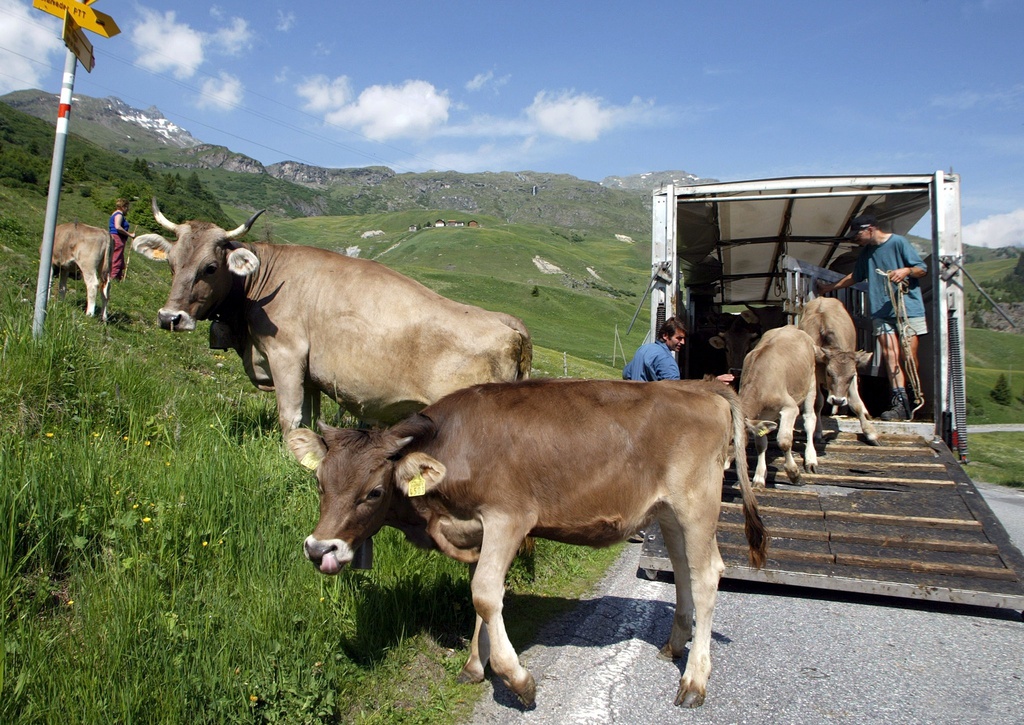
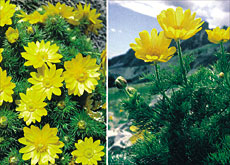
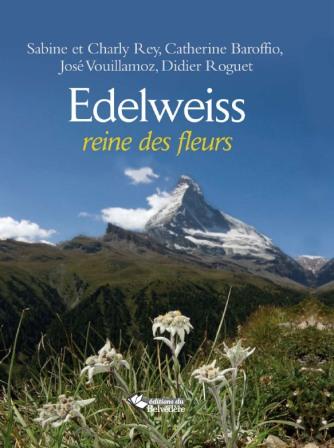
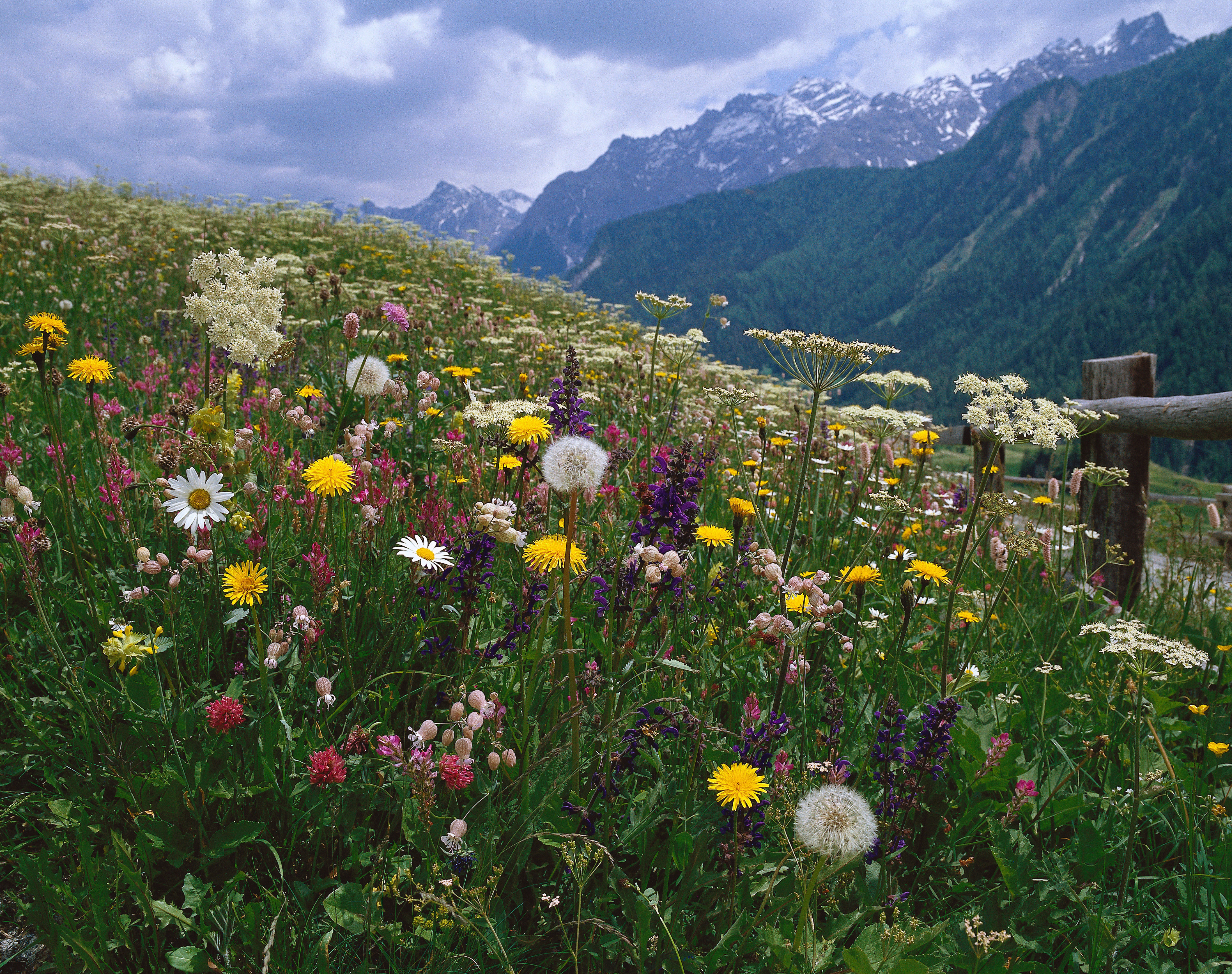
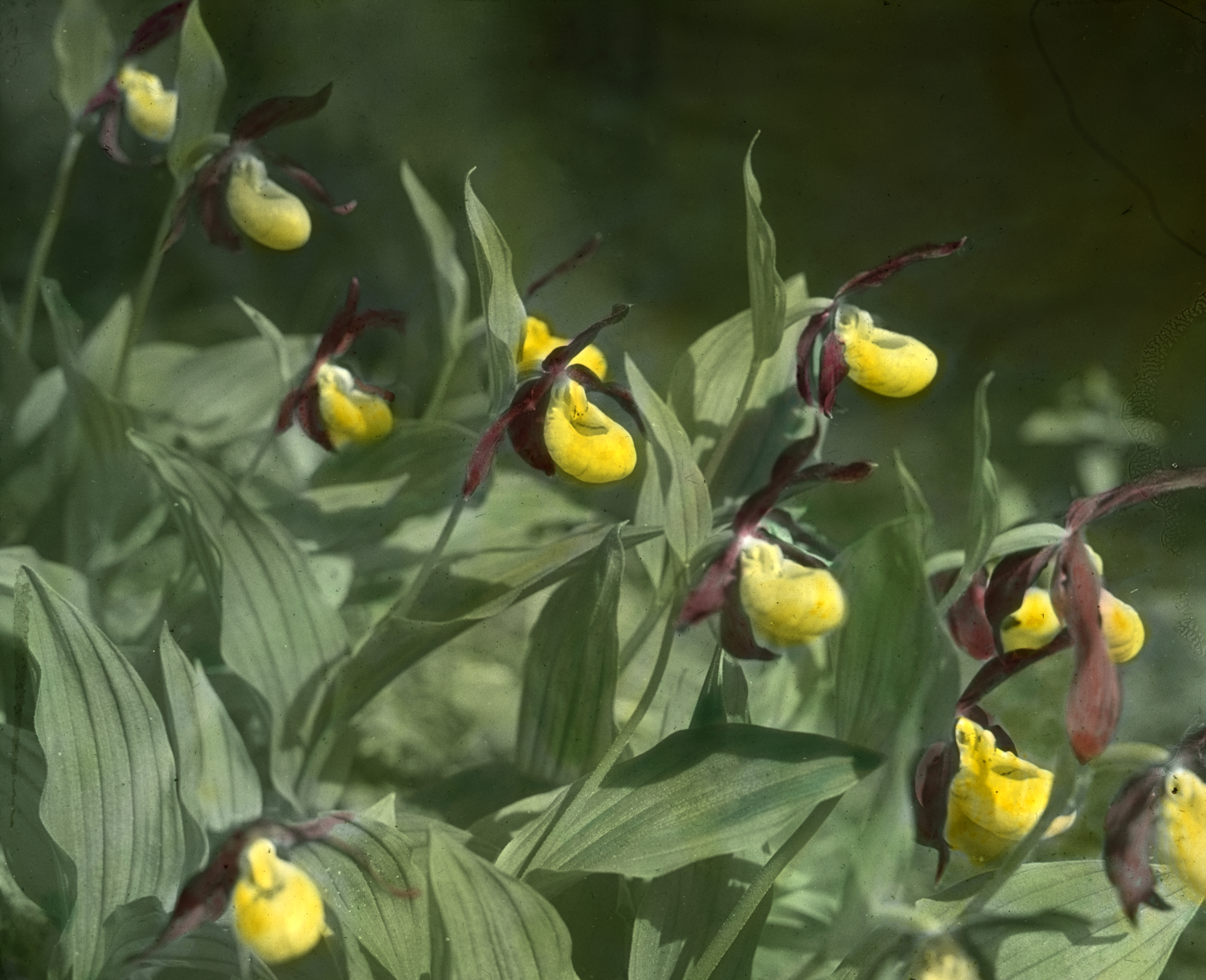
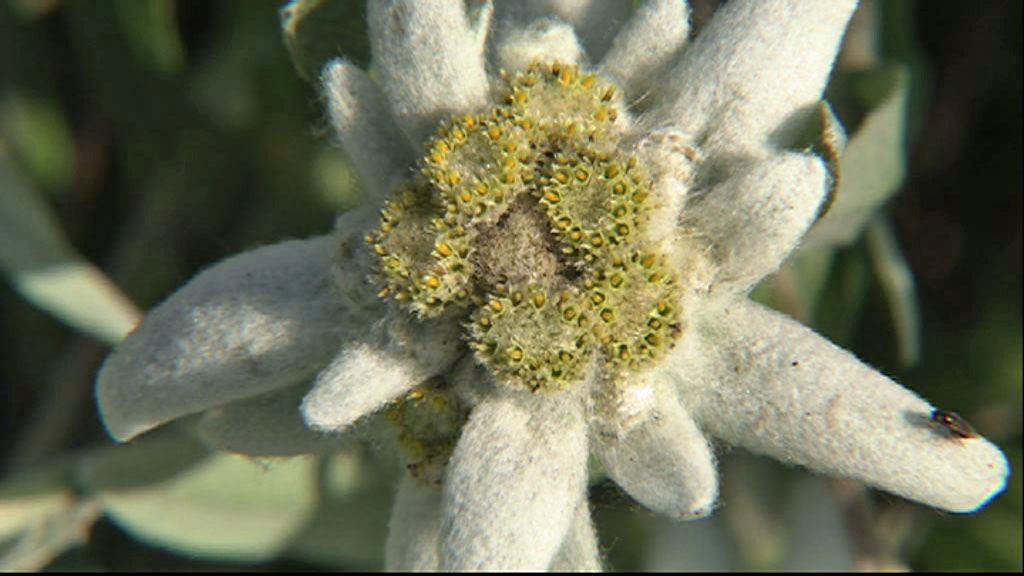
You can find an overview of ongoing debates with our journalists here. Please join us!
If you want to start a conversation about a topic raised in this article or want to report factual errors, email us at english@swissinfo.ch.